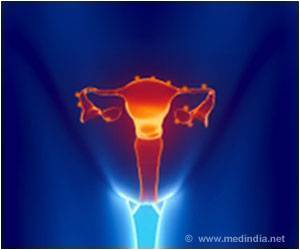Marijuana exposure may be capable of triggering morphological and behavioral impairments similar to those seen with Fetal Alcohol Spectrum Disorders (FASD).

‘Prenatal exposure to cannabis and alcohol should be avoided as far as possible by women to prevent behavioural development abnormalities in their babies.’
Read More..




"It’s incredibly timely and relevant that we address the subject of prenatal alcohol exposure," said Christina Chambers, PhD, MPH, professor of pediatrics at the University of California, San Diego and co-editor of the special Birth Defects Research issue. Dr. Chambers, a Teratology Society Past President and pioneer in the field of prenatal alcohol research, recently made headlines with her groundbreaking study which suggests FASD may affect up to 5% of children in the U.S., and is far more common than previously thought. "Alcohol is likely the most common teratogenic exposure that occurs in pregnancy." Read More..
Some of the significant findings unveiled in the new issue include those by Boa-Amponsem et al. The authors use a zebrafish model to examine the effects of a cannabinoid agonist as well as alcohol on FASD phenotypes, changes to physical features, and behavior and showed that cannabinoids alone, as well as if combined with lower levels of alcohol, significantly impaired development.
"This study, in combination with previous work in mice, suggests that prenatal cannabis exposure might induce FASD-like impairments," said Scott E. Parnell, PhD, assistant professor in the Bowles Center for Alcohol Studies at the University of North Carolina School of Medicine and co-editor of the special Birth Defects Research issue.
In addition, a study by Buckley et al. provides the first known report of hindbrain-associated heterotopias (brain tissue located in the wrong part of the brain) resulting from developmental alcohol exposure. This novel finding further details evidence that the effects of exposure are timing- and dose-dependent.
Long-term prenatal alcohol exposure effects are also addressed providing striking new evidence indicating adolescents with FASD, particularly males, are 29% more likely to report a serious suicide attempt. "This work by O’Connor et al. suggests that health care providers should be aware of this specific vulnerability in adolescents with FASD, especially among males," said Dr. Chambers.
Advertisement












